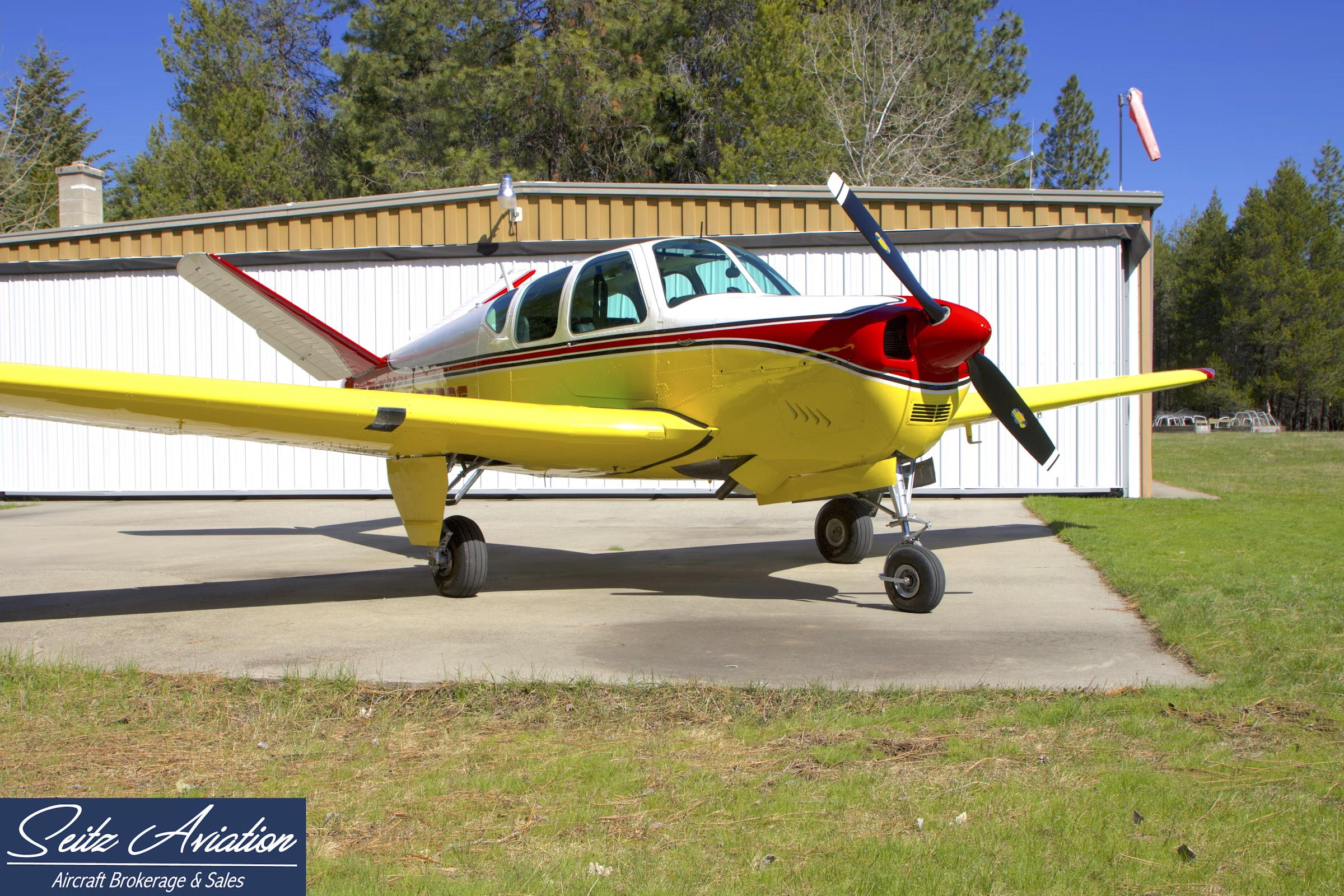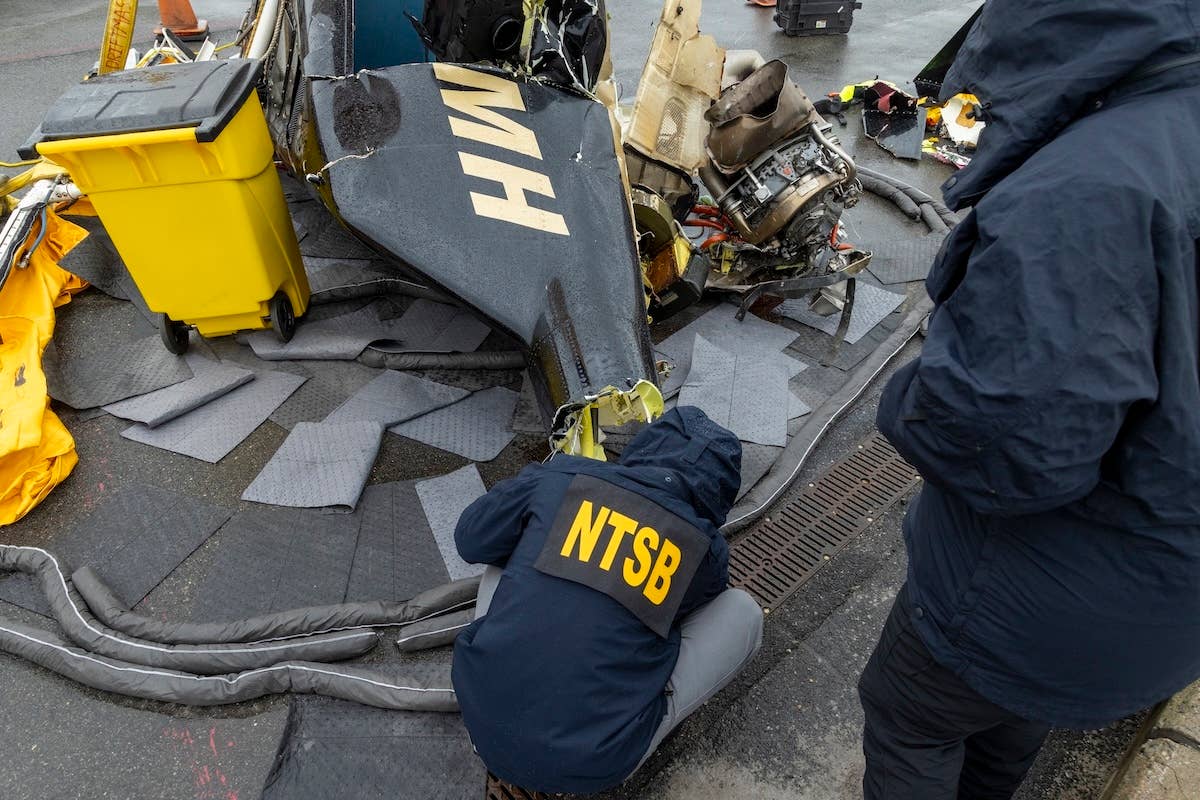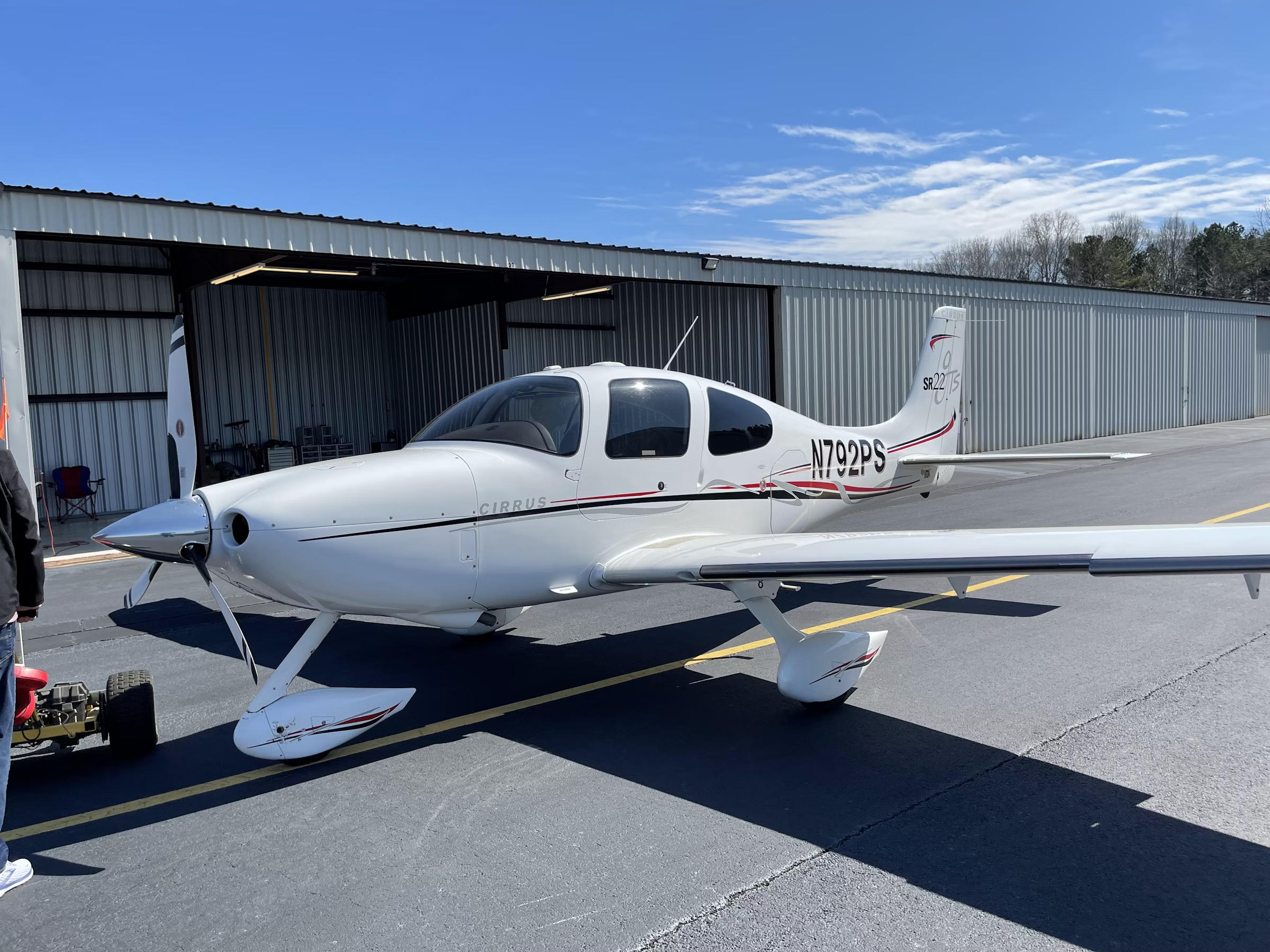Annual Inspections Bring You Closer to Your Aircraft
Pilots truly miss their airplanes during annuals and love them more afterward.

Among the aircraft awaiting the mechanic’s attention at Blairstown was Juliet, the Commander in which I trained before buying Annie. [Credit: Jonathan Welsh] inspections was
Having a detailed plan for every flight and following it precisely gives me great satisfaction every time I take to the sky, but I am continuously reminded that backup plans are more important even during short flights on clear days.
I recently flew Annie, our Commander 114B, back to our home airport in Sussex, New Jersey (KFWN), after its annual inspection. Her stay with the mechanic at Blairstown Airport (1N7) was longer than expected due to delays in delivery of a couple of parts but was not a big deal. My heart grew fonder during our time apart, and I looked forward to the flight home.
From the day I dropped the airplane off at the shop, I was planning the return flight, perfecting the expanded checklist I would use to make sure everything was working properly after maintenance. After the usual ground checks, I planned to take off and fly circuits around the airport, well above the traffic pattern, making sure that all of the systems were working properly. I would fly high enough and stay close enough to the field that I could glide back to the runway easily. I would then land and check for leaks before heading home.
This procedure is meant to prevent one of those post-maintenance horror stories we hear all of the time despite such occurrences being rare. Once I put my plan into motion, though, the amendments came quickly. Even before I took off, the clear day was turning cloudy, with an overcast moving in.
Engine start, taxi, run-up, and takeoff proceeded normally, but I could hear other pilots on the radio discussing how the weather was deteriorating more quickly than forecast. I heard one pilot suggest to another that he postpone a planned cross-country flight because conditions could become dicey. Others were pushing their aircraft into their hangars, calling it a day. As I took off it seemed like everyone else was landing.
Once airborne I could not climb much higher than 2,000 feet before encountering low clouds. The weather shift was surprisingly quick, and I began to wonder how low the overcast would go. A check of AWOS confirmed that conditions at Sussex, just 25 nm away, were slipping as well. So I decided to skip the landing and leak check back at Blairstown and just head for Sussex.
Instead of circling the departure field until convinced that all was well with Annie, I decided she certainly was healthy enough to make the short jaunt home. Instead of cruising home at a comfortably high altitude, I wound up making the trip at 2,000 feet and hoping that I had not somehow missed any signs of potential trouble.
Realistically, I was confident that the airplane was fine, and I quickly began to simply enjoy being aloft again. I sought to lengthen the short flight by diverting from the sensible, efficient straight line to follow a meandering course. The low altitude was not a burden but an opening to more dramatic, intimate views of the landscape.
By the time I landed in Sussex and taxied to my hangar, the annual inspection had come to represent not just another year of airworthiness but confirmation of my ever-growing love of flying.

Sign-up for newsletters & special offers!
Get the latest FLYING stories & special offers delivered directly to your inbox






